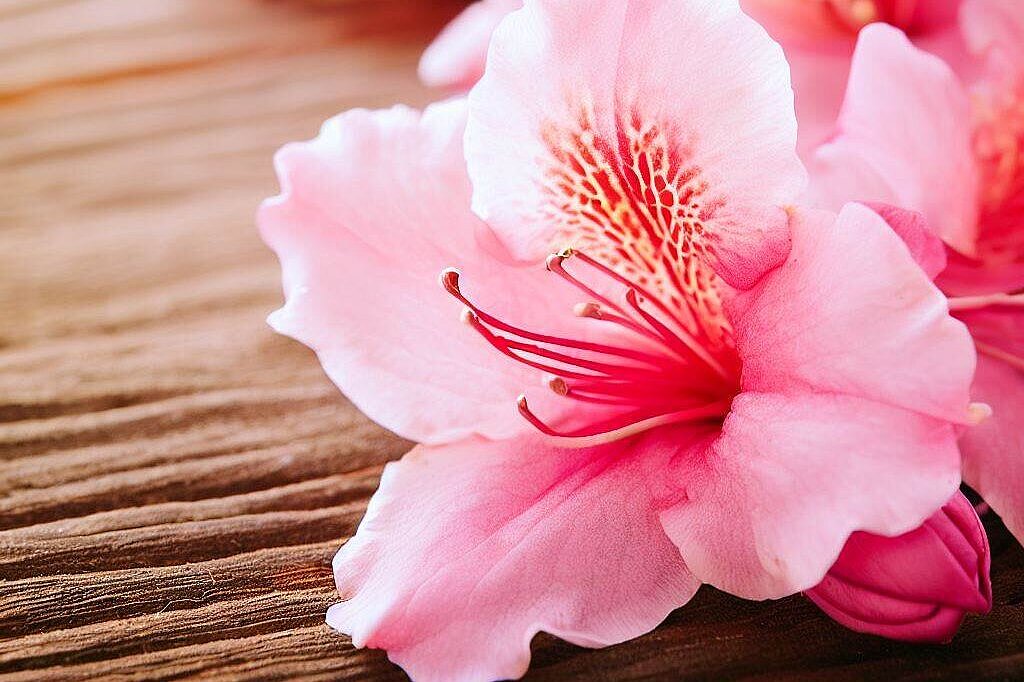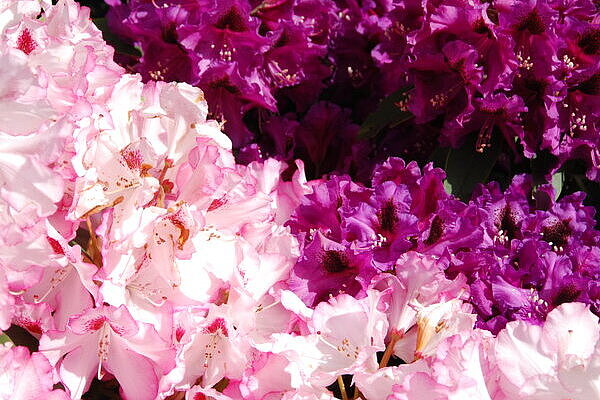Japanese camellia

The Japanese camellia, also known by its botanical name Camellia japonica, is a plant that is particularly prized for its beautiful flowers and decorative value in gardens and parks. Its flowers vary from single to multi-layered and cover a wide range of colors from white to pink to red. But while the Japanese camellia is pleasing to the eye, the question is whether it is safe for our four-legged friends. In this article, we explore what makes the Japanese camellia special and the potential benefits and risks it poses to dogs.
What is the Japanese camellia?
The Japanese camellia (Camellia japonica) is an evergreen shrub or small tree that is native to the forests of Japan, Korea and China. It belongs to the tea family (Theaceae) and is best known for its large, eye-catching flowers that bloom in winter or spring. The plant can reach a height of up to 10 meters both in the wild and in cultivated form.
Japanese camellia and dogs: a dangerous beauty?
Advantages
There are hardly any direct benefits of the Japanese camellia for dogs, as it is primarily an ornamental plant and is not intended for feeding or medicinal use in dogs. Its presence in gardens or parks provides aesthetic value, but has no direct benefit to a dog's health or well-being.
Disadvantages and risks
- Toxicity: Parts of the Japanese camellia, especially leaves and flowers, can be toxic to dogs. Consumption can cause gastrointestinal distress, including vomiting and diarrhea.
- Blockages: Large petals or leaves can cause intestinal or stomach blockages if ingested, especially in smaller dogs.
- Allergic reactions: Although rare, some dogs may be allergic to certain plants, which can lead to skin irritation or other allergic symptoms if they come into contact with the plant.
While the Japanese camellia is an asset to any garden and attracts attention with its magnificent flowers, it is more of a potential danger to dogs than an asset. Dog owners should ensure that their dogs do not have access to this plant to avoid potential health risks. It is important to keep our pets' habitats safe and free from toxic plants. However, if your dog consumes any part of a Japanese camellia and shows signs of poisoning, it is advisable to consult a vet immediately. In the world of dog nutrition and care, there are safer and healthier alternatives that promote the well-being of our four-legged friends without taking unnecessary risks.
If you notice any signs of hypersensitivity or poisoning in your dog, you should see your vet immediately. We are not a substitute for a vet, but we try to be as accurate as possible. Every dog reacts differently and we recommend you get a second opinion or consult your vet if in doubt.
Stay healthy and take good care of your four-legged friend!😊
Similar to Japanese camellia
The China rose, Hibiscus rosa-sinensis, is an evergreen shrub originally from East Asia. Known for its large, colorful flowers that can appear in a variety of shades, it is not only a feast for the...
Azalea is a genus of plants in the heather family. There are more than 1000 species of azalea, most of which are native to Asia. They are characterized by their lush flowers, which shine in...
Rhododendron belongs to the heather family and comprises more than 1000 species that can be found in different regions of the world. Most varieties bloom in spring, some also in summer or fall....
Forsythia, also known as the golden bell, belongs to the olive family (Oleaceae) and is mainly native to East Asia. The plant is cultivated as an ornamental shrub in many parts of the world and is...



